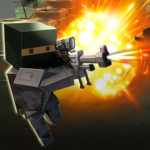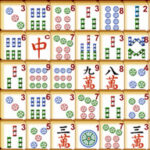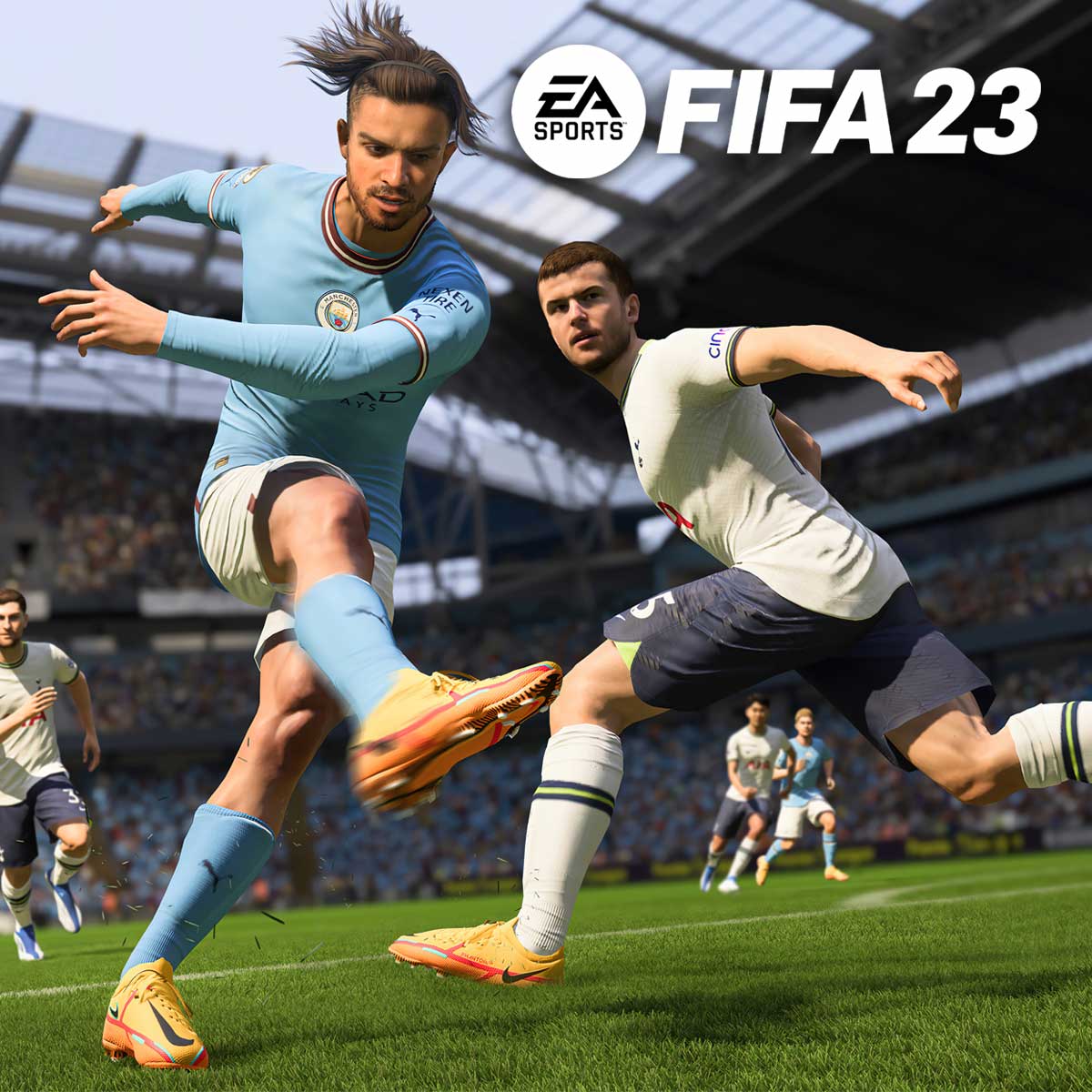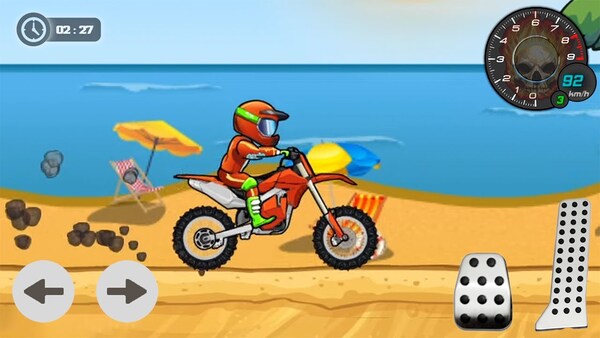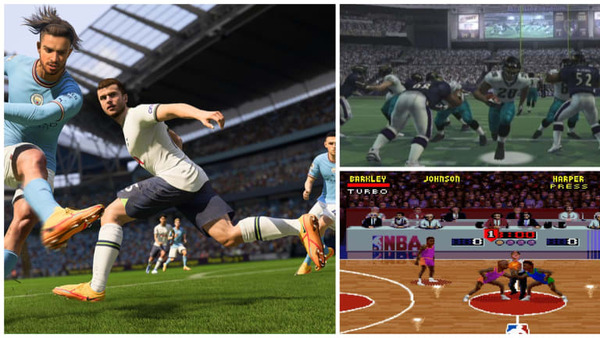Rainbow Six Siege – Mastering Tactical Destruction in Modern FPS Gaming
Introduction
Rainbow Six Siege is Ubisoft’s flagship tactical first-person shooter that redefined the genre with its emphasis on teamwork, strategy, and environmental destruction. Launched in 2015, it has evolved into a competitive powerhouse with a thriving esports scene and a deeply committed global community. Unlike traditional shooters, Rainbow Six Siege demands coordination, communication, and precise decision-making, offering a layered and rewarding experience for players seeking more than run-and-gun gameplay. With over 60 operators, dynamic maps, constant updates, and a growing arsenal of gadgets, the game continues to remain relevant and challenging nearly a decade after launch. This comprehensive guide covers everything you need to know—from gameplay systems and operator roles to community growth, game modes, and an honest look at its pros and cons.
The Evolution of Rainbow Six Siege Since Launch
When Rainbow Six Siege launched in December 2015, it had only a handful of operators and maps. But its solid tactical core set the foundation for long-term success.
From Niche to Mainstream
Initially seen as a niche tactical shooter, Siege exploded in popularity through content updates and community feedback. Ubisoft committed to a live-service model, introducing seasonal content, new operators, and balancing patches.
Continuous Growth and Community Support
What started with 20 operators now boasts over 60, along with numerous maps, competitive modes, and global tournaments. The game’s strong community engagement and pro-scene helped it evolve and retain players over the years.
Core Gameplay Mechanics in Rainbow Six Siege
At its heart, Siege is about asymmetrical 5v5 tactical combat, where defenders and attackers use unique tools and strategies to outwit each other.
Attackers vs. Defenders
One team attacks to complete objectives like hostage rescue, bomb defusal, or securing an area, while the other fortifies and holds ground. Roles are deeply influenced by operator choice.
Destruction as Strategy
One of the game’s core innovations is destructible environments. Walls, floors, and ceilings can be breached or reinforced, adding verticality and unpredictability to every match.
Operator Roles and Team Strategy in Rainbow Six Siege
Operators in Rainbow Six Siege are the heart of gameplay, each with unique abilities and tools that define team strategy.
Operator Categories
Operators fall into various roles:
-
Entry Fraggers (e.g., Ash, Zofia): Push aggressively and open space
-
Support (e.g., Thatcher, Thermite): Clear gadgets or breach reinforced walls
-
Roamers (e.g., Vigil, Caveira): Flank attackers and disrupt strategy
-
Anchors (e.g., Smoke, Maestro): Hold sites and defend objectives
Importance of Synergy
Team composition is critical. A well-balanced team covers all roles—soft breaching, intel gathering, area denial, and support. Communication enhances synergy and improves win rates.
Maps and Environmental Tactics in Rainbow Six Siege
Maps in Siege are designed with complexity, verticality, and destructibility in mind, making map knowledge essential for success.
Popular Maps
-
Oregon – Balanced and competitive with strong sightlines
-
Clubhouse – Great for coordinated team play and roam strategies
-
Bank – Multi-level chaos with intense close-quarters combat
-
Kafe Dostoyevsky – Demands vertical control and smart breaching
Environmental Manipulation
Players can reinforce walls, create murder holes, plant gadgets, or destroy cover. Proper map preparation during the prep phase can determine the flow of an entire round.
Game Modes and Match Structure in Rainbow Six Siege
Siege offers multiple modes, with Ranked and Unranked being the most prominent in competitive settings.
Core Modes
-
Bomb – The primary mode for ranked and pro play
-
Hostage – Focuses on precise planning and restraint
-
Secure Area – A King-of-the-Hill-style match with strategic positioning
Ranked vs. Casual
Ranked introduces MMR (Matchmaking Rating) and skill-based tiers, while Casual allows for relaxed play with unranked matchmaking. Newcomer mode introduces core mechanics for beginners.
Weapons, Gadgets, and Loadout Customization
Customizing your loadout for your operator’s role is crucial in Rainbow Six Siege.
Primary and Secondary Weapons
Each operator has a limited selection of weapons suited to their role. Recoil control, damage output, and fire rate affect performance in close and long-range combat.
Gadgets and Secondary Tools
Universal gadgets include:
-
Breach Charges
-
Claymores
-
Smoke Grenades
-
Impact Grenades
Gadgets enhance tactical options and support operator abilities, from clearing utility to denying plant sites.
Seasonal Updates and Ubisoft’s Ongoing Support
Ubisoft has consistently updated Siege, introducing new content and quality-of-life improvements.
Yearly Seasons
Each year includes four seasons, with new operators, map reworks, balance changes, and limited-time events. Examples:
-
Year 8 Season 1: Commanding Force
-
Year 8 Season 2: Dread Factor
Community-Driven Development
Ubisoft’s DevBlog and Test Server allow community members to preview changes and provide feedback before full release. This tight feedback loop helps ensure game balance and stability.
Rainbow Six Siege Esports and Competitive Scene
Siege has grown into a prominent title in the global esports ecosystem, with annual international tournaments and regional leagues.
Key Tournaments
-
Six Invitational – The world championship of Siege
-
Six Major – Held in different countries each season
-
Pro League – Regional leagues that feed into global events
Competitive Format
Esports matches use the Bomb mode, featuring best-of-three maps, operator bans, and team coaching. Teams like G2 Esports, Ninjas in Pyjamas, and Team BDS have become household names in Siege esports.
Tips and Tactics for New and Veteran Players
Rainbow Six Siege has a steep learning curve, but mastering a few key concepts can make a big difference.
Beginner Tips
-
Start with simple operators like Rook or Sledge
-
Always drone before entry as an attacker
-
Don’t roam unless you understand the map layout
-
Sound cues are crucial—wear a headset
Advanced Strategies
-
Coordinate utility use to destroy defender setups (e.g., Thatcher + Thermite combo)
-
Use vertical play to control bomb sites from above or below
-
Master spawn peeks and aggressive hold angles with caution
Final Verdict and Expert Rating of Rainbow Six Siege
Rainbow Six Siege stands out as a thinking player’s shooter, rewarding those who study maps, learn team compositions, and play with coordination. Its tactical depth, operator diversity, and environmental destruction make it one of the most unique and intense shooters on the market.
Expert Rating: 9.2/10
Despite a few balance and community-related issues, Siege remains a top-tier FPS title with unmatched tactical gameplay. It’s a game where knowledge is power and patience wins rounds.
Conclusion
Rainbow Six Siege is not for the faint of heart. It challenges players to think, adapt, and cooperate in ways few other shooters do. With its ever-expanding roster, deeply strategic gameplay, and continuous support from Ubisoft, Siege has cemented itself as one of the definitive competitive FPS experiences of the modern era. Whether you're new to tactical shooters or a veteran of strategic warfare, Rainbow Six Siege offers a battlefield where every second—and every bullet—counts.















